No products in the cart.
5 Things To Know About Cruelty-Free Fashion
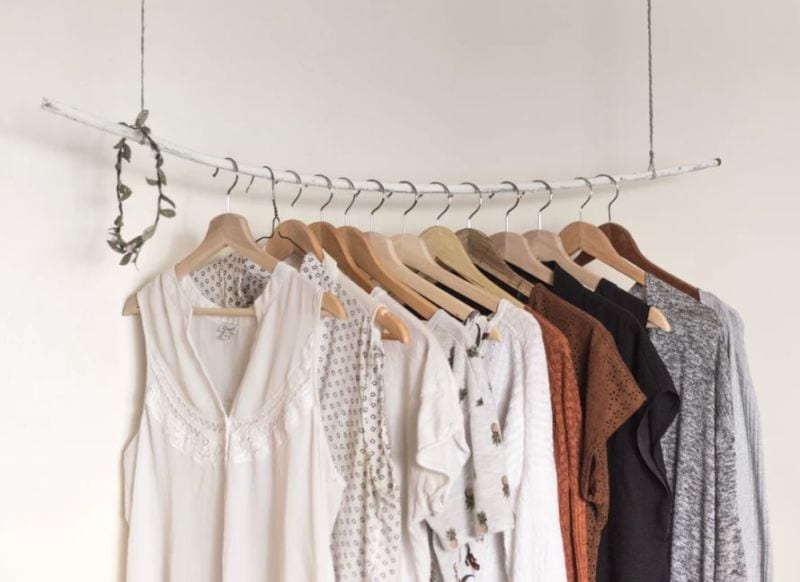
Fashion gets a bad reputation for the way it sources materials and makes products, but a closer look at the facts shows that this might not be fair. Many of the brands that are working the hardest to make the high street – and, indeed, the rest of the world – a better place are the fashion outlets we know and love, both online and physical. Here are five things all fashion buffs should know about cruelty-free fashion. (Priscilla Du Preez/Unsplash)
1. Some Brands Are Working Hard to Protect the Environment
Your favourite online shopping brands, as though we didn’t love them enough, are now making it good for the planet to shop with them. Eco Edit, a new initiative from e-shopping darlings ASOS, has a whole line of underwear made from recycled plastic and fishery materials, bringing a new ethical meaning to the term “fishnets”.
They also run the ASOS Marketplace where customers can grab unique boutique and pre-worn items, preventing perfectly gorgeous clothes from going to landfill. The company is also committed to producing 100% sustainable cotton by 2025 and have set out a plan to reduce water waste in processes like dyeing and leather production.
2. Measures Are Being Taken to Prevent Animal Waste
Clothing producers often source leathers and denims from animals that are bred for that purpose. That means a lot of animal produce goes to waste every year. SKIIM, a brand that fuses London cool with Parisienne chic, is only using materials that are a bi-product of the organic meat industry and natural, non-damaging tanning processes. This means no contaminants come from producing it, one of the largest risks for people producing leather.
3. There Is A Huge Movement to Eradicate Slavery from The Industry
Modern slavery statements have become the norm amongst retailers. Many brands work closely with organisations like Anti-Slavery International, the Ethical Trading Initiative, and KADAV, the Women’s Solidarity Foundation. For online retailers like ASOS, with over 1,000 third-party brands to monitor, it is amazing how committed larger brands are to removing slavery from their entire supply chain. Cruelty-free brands are becoming more popular among consumers.
4. Buying and Wearing the Right Pieces Can Spread Important Messages
Dame Vivienne Westwood has always used her brand and image to spread a wider message. Over the years, we have seen her protest climate change, anti-terror laws and fracking, all while supporting Scottish independence and ethical coffee production. In 2005, she designed a limited-edition tee and babygro emblazoned with “I am not a terrorist” to promote the cause of human liberty. Wearing these pieces became a statement of solidarity, as all clothes do when we dress to make a statement.
5. Companies Paying Attention to Supply Chains Actually Improves Communities
Buying less expensive clothes shouldn’t and doesn’t mean you can’t do some good for the world. Global brand Primark, for example, set up the Sustainable Cotton Programme in 2013 to help female farmers in India and Pakistan become more independent and profitable. Working together with the Self-Employed Women’s Association and agricultural experts CottonConnect, the initiative has improved the lives of tens of thousands of the company’s cotton suppliers. Every time you buy a pair of pyjamas that uses this cotton, you make a real difference.
The fashion world is changing. Design has always been at the frontline of making statements and spreading messages, but companies with a conscience are now making it policy to make the world a little better. Often, much better.
All you have to do is have a little read before you shop. Read up on their goodwill promises, and, if you’re truly willing to help, buy only from responsible brands.



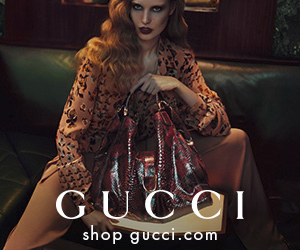
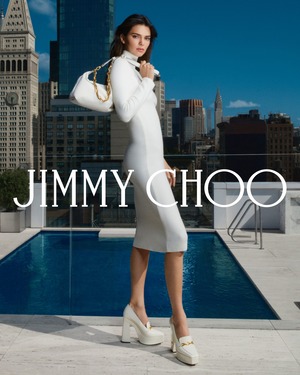

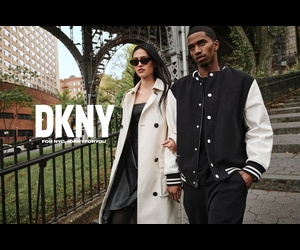
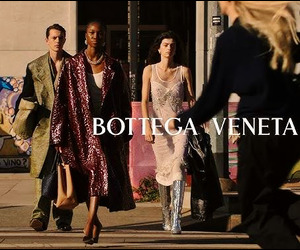
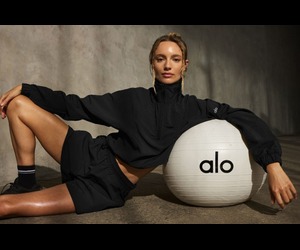

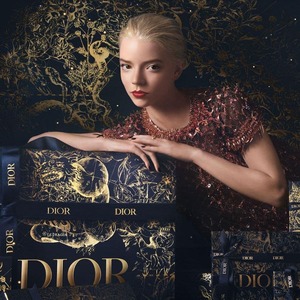


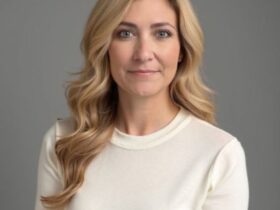

Leave a Reply